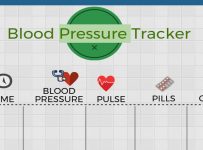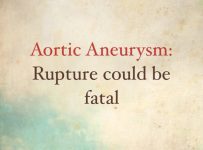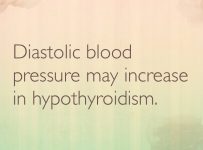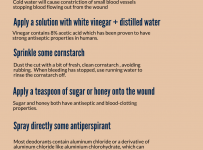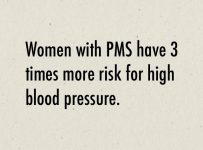Aneurysm of the aorta is a serious disease. It is practically a dilatation at some point throughout the length of the aorta. Aorta is the main artery of the body. It is a hollow, elastic tube that transports oxygenated blood from the heart towards all tissues and organs. It has two sections: thoracic (for the chest organs) and abdominal (for the belly organs). The two most common disorders of aortic wall are an aortic aneurysm and dissection of the aorta.
Aortic Aneurysm
Overstretching of the aorta wall could lead to weakening and consequently bulging of the aortic wall. This bulging is the so-called aortic aneurysm. In some cases, continuous outstretching of the vessel would lead to tearing of an aneurysm. Aortic rupture is a fatal condition because it can lead to life-threatening bleeding. Although emergency surgery could fix a ruptured aortic aneurysm the risk of complications during and after an operation is extremely high. Considering this, surgeons prefer to early identify and treat aortic aneurysms before they burst.
Who has Increased Risk for Aortic Aneurysm
Age >70 years
White race
Male > Female
Smoking
High blood cholesterol
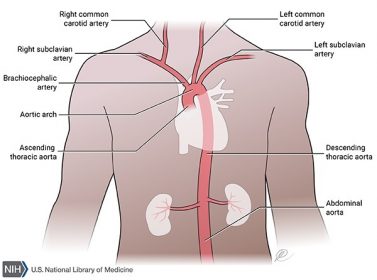
Fig 1: Normal Aorta ( Source: The National Library of Medicine)
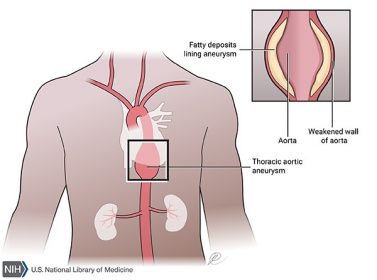
Fig 2: Aortic Aneurysms (Source: the National Library of Medicine)
Causes of an Aortic Aneurysm
Aorta is normally elastic and adaptable to blood pressure changes. Persistently increased blood pressure and lipid deposition inside its walls, could render aorta stiff and thinner and thus prone to dilatation. However, in most cases, aortic aneurysms appear with no identifiable cause. The process of aortic aneurysm formation is frequently silent and totally asymptomatic. It is discovered either incidentally during a chest or abdomen evaluation for other reasons or because it causes pressure symptoms to the neighboring organs (heart, trachea, kidneys).
Diseases that predispose to aortic aneurysm formation include the following:
Arteritis
An inflammation of arterial walls including the aorta. It could be present either as an autoimmune disease or due to a microbial agent (fungi or bacteria)
Rheumatoid arthritis
Marfan’s Syndrome
A genetic connective tissue disorder that involves abnormal fibrillin formation. It affects skeletal, cardiovascular, nervous systems, lungs and eyes. Heart structures mostly affected is Aorta and Mitral valve.
Biquspid aortic valve
Congenital malformation of Aortic valve could bear down aortic walls leading to aneurysm.
Trauma
Even minor damage on the aorta as a result of trauma could form a weak point on its wall, disrupting its integrity. This point could progress into a potential aneurysm.
Diagnosis of Aortic Aneurysm
Plain Chest X-Ray usually rises the suspicion of aortic aneurysm existence. Your doctor will decide if a helical chest CT is indicated for further evaluation.
Prevent Rupture of an Aortic Aneurysm
Although aortic aneurysm formation cannot be prevented, once you know you have the condition you can take some preventive measures to avoid tearing:
- Keep Your Blood Pressure Low
- Stick to a Healthy Lifestyle
- Avoid Weightlifting or Follow Safe Weightlifting Techniques
- Avoid Conflict and Stressful Situations
- Don’t Use Tobacco
Learn something new today : Hypertension at young age – Causes




